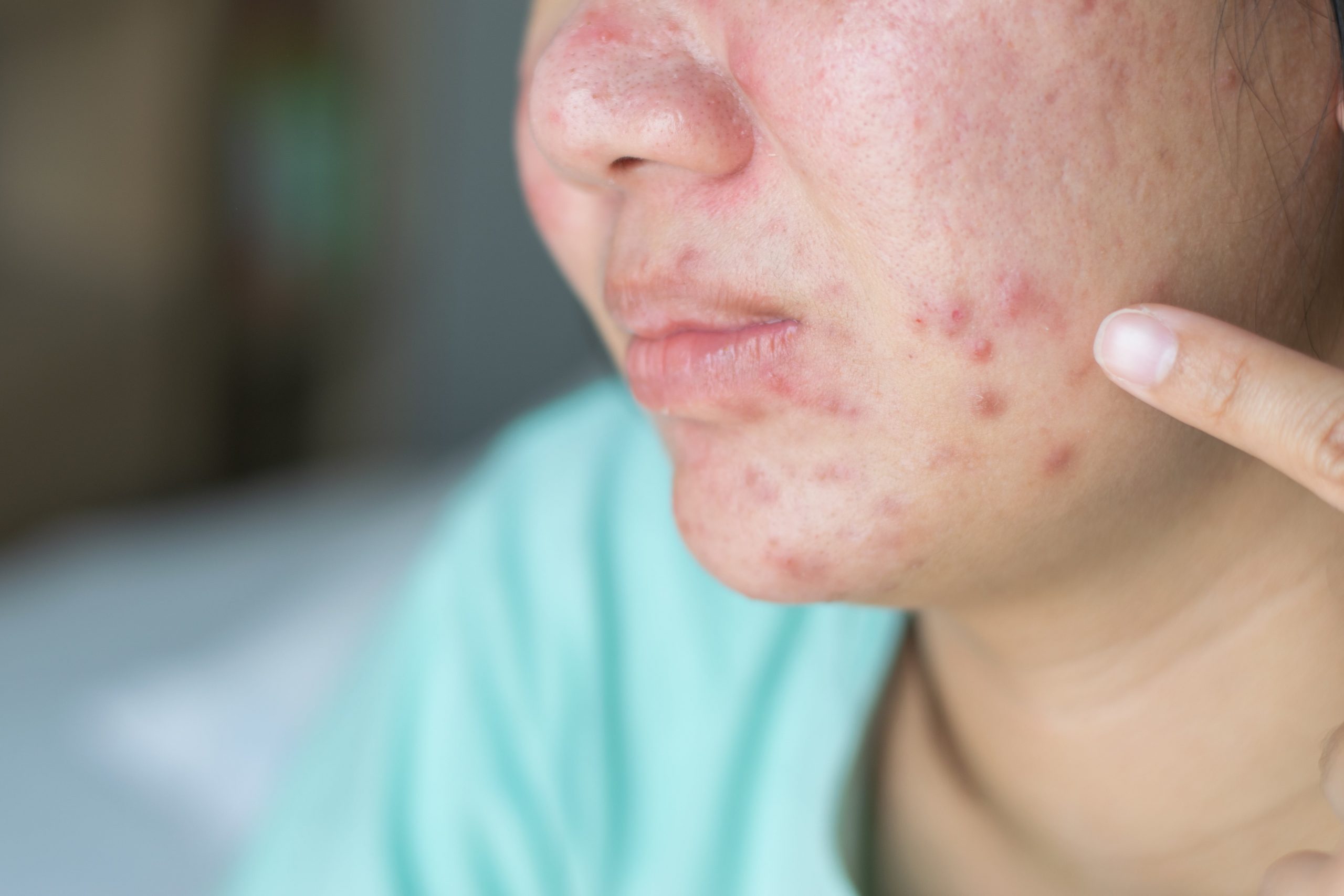Skin disorders can arise for a variety of reasons; some genetic, while others could be caused by an illness or medical condition. While most are treatable, managing some may prove challenging.
Common skin issues include blisters, hives, psoriasis, eczema (atopic dermatitis), vitiligo and acne. These conditions are usually painful and can affect people of all ages.
Diabetes can put individuals at greater risk for developing certain skin conditions due to its effect on blood circulation and immunity. Likewise, inflammatory bowel disease is another health condition that could lead to skin changes or infections.
Medicines prescribed for other health conditions can have adverse reactions on the skin as well. For instance, certain antidepressants may increase the likelihood of developing rosacea – a skin disorder characterized by redness and swelling on the face.
Other medications can make someone more susceptible to developing psoriasis or eczema. For instance, taking cyclosporine may lead to the appearance of large plaques of red, itchy skin.
These drugs can weaken the body’s resistance to bacterial and fungal infections. In some cases, they may even impede wound healing, increasing the likelihood of staph infection or skin cancer.
Acne is the most widespread skin disorder, affecting both teens and adults alike. It’s caused by blocked hair follicles and oil glands in the skin, often due to hormonal changes.
Treatment for acne varies depending on the type and severity, but typically involves topical or oral medications. Some treatments are more effective than others depending on each individual’s unique circumstances.
Rosacea
Rosacea is a skin condition that causes redness and swelling around the cheeks, nose, and forehead. It may also occur on other parts of the body such as legs or hands. The primary symptoms are an itching sensation and feeling of heat around the affected area.
Contact Dermatitis
Contact dermatitis is a skin reaction that occurs when someone comes in contact with an irritant such as soaps, chemicals or other substances. The irritation can cause itching and inflammation on the affected area; sometimes even turning red or purple in colour.
Keratosis Pilaris
Keratosis pilaris is a skin condition that causes rough, bumpy patches on the arms, legs or cheeks. These spots may be red or white in color and appear anywhere from the arms to the legs or cheeks.
Hormonal changes and other health conditions can cause skin problems, as can aging. Age-related signs of wrinkling, thinning of the skin and darkened pigmentation.
Other health conditions that may impact skin include pregnancy, diabetes, inflammatory bowel disease and certain autoimmune diseases such as lupus.
These conditions can have a detrimental effect on a person’s self-esteem, as they are often itchy, uncomfortable and embarrassing. Furthermore, some may result in permanent scars or other disfiguring effects to the skin’s appearance.



